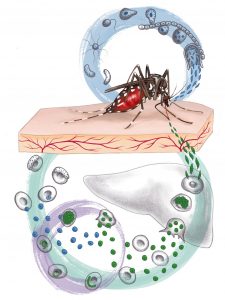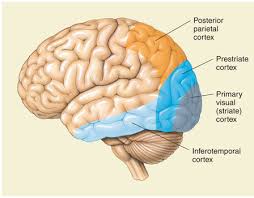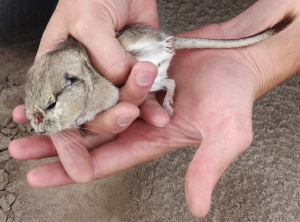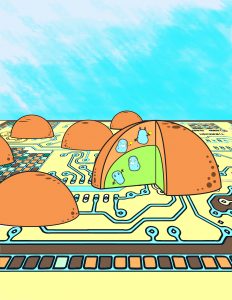
Science in the Spotlight: How to Tame a Fox (And Build a Dog)
They greet their owners at the door with leaps and wagging tails, begging for pats. Read Lee Dugatkin and Lyudmila Trut’s account of how they tamed the fox and why it matters.

They greet their owners at the door with leaps and wagging tails, begging for pats. Read Lee Dugatkin and Lyudmila Trut’s account of how they tamed the fox and why it matters.

When you are sick, do you ever lose your appetite? Your favorite meal suddenly seems less exciting, and you can’t taste the difference between cookies

Delivering therapeutic treatments to cancer, diabetes, and neurodegenerative targets Within our bodies’ cells, a myriad of chemical reactions orchestrate life. These reactions ensure our health

Understanding electrical circuits in the brain When we wake up, our brains shift from being unconscious to conscious. While we usually think of this transition

Think that you have a large genome? Think again. The red vizcacha rat from Argentina is known to have a genome size almost three times larger than that of humans, and researchers have unearthed new data about this intriguing phenomenon.

Researchers at Duke have used synthetic biology techniques to engineer bacteria to produce a protein capable of constructing an electronic pressure sensor when supplemented with gold nanoparticles. With a variety of future applications, this technology will diversify how we use microorganisms in biophysical systems.